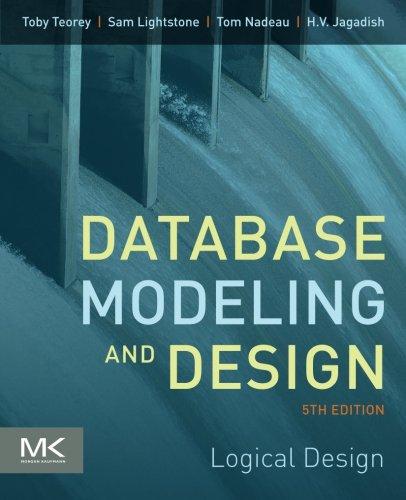Question
Exercise 3. (5 points) Let E and E' be alphabets with E C E' (subset). Let M be a DFA with alphabet E. 1. Prove
Exercise 3. (5 points) Let E and E' be alphabets with E C E' (subset). Let M be a DFA with alphabet E.
1. Prove that there exists a DFA M' with alphabet E' such that L(M') = L(M). (Hint: add a
fail" state to M.) Be sure to prove that your construction is correct.
2. Let F be a binary operation applicable to any two formal languages. In particular, F may be
applied to two languages over different alphabets. Now assume that for all alphabets , and
for all regular languages A and B over E, F(A;B) is regular. Use Part 1 to conclude that for
any two regular languages A and B (over possibly different alphabets), F(A;B) is regular.
Step by Step Solution
There are 3 Steps involved in it
Step: 1

Get Instant Access to Expert-Tailored Solutions
See step-by-step solutions with expert insights and AI powered tools for academic success
Step: 2

Step: 3

Ace Your Homework with AI
Get the answers you need in no time with our AI-driven, step-by-step assistance
Get Started


